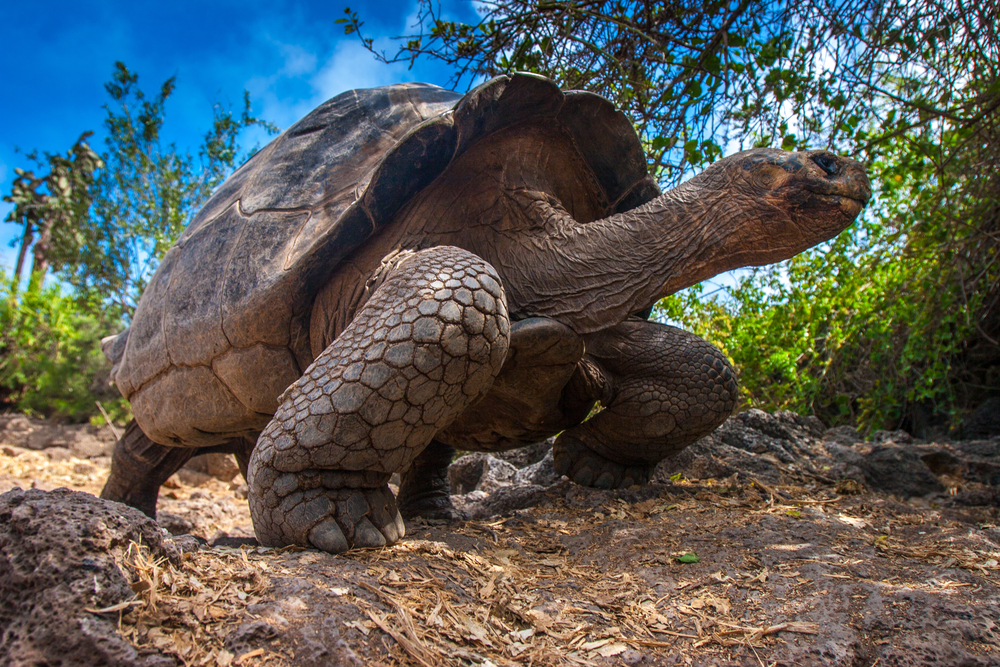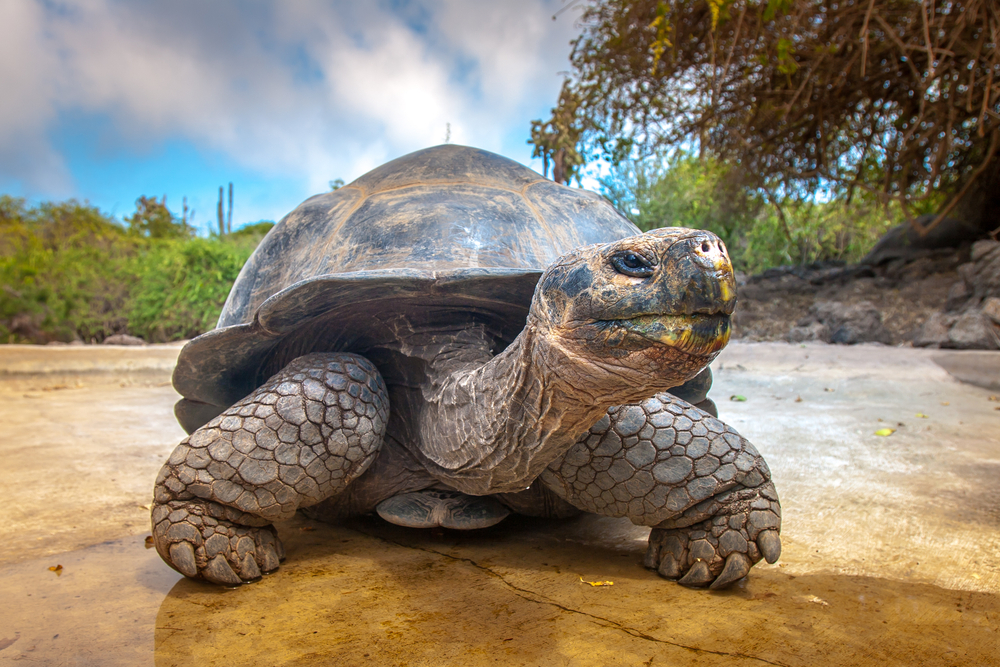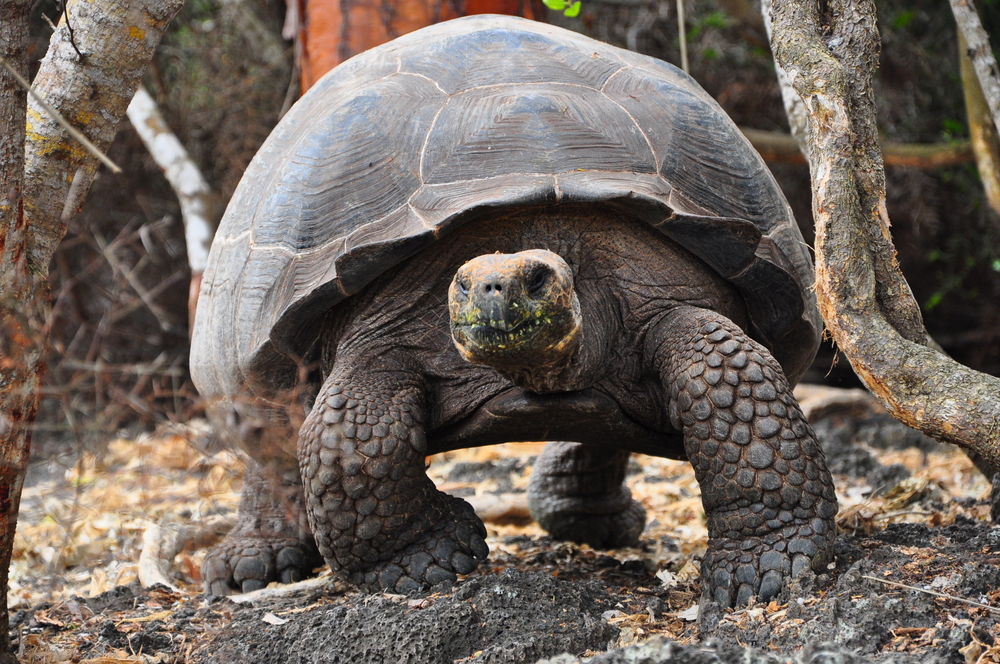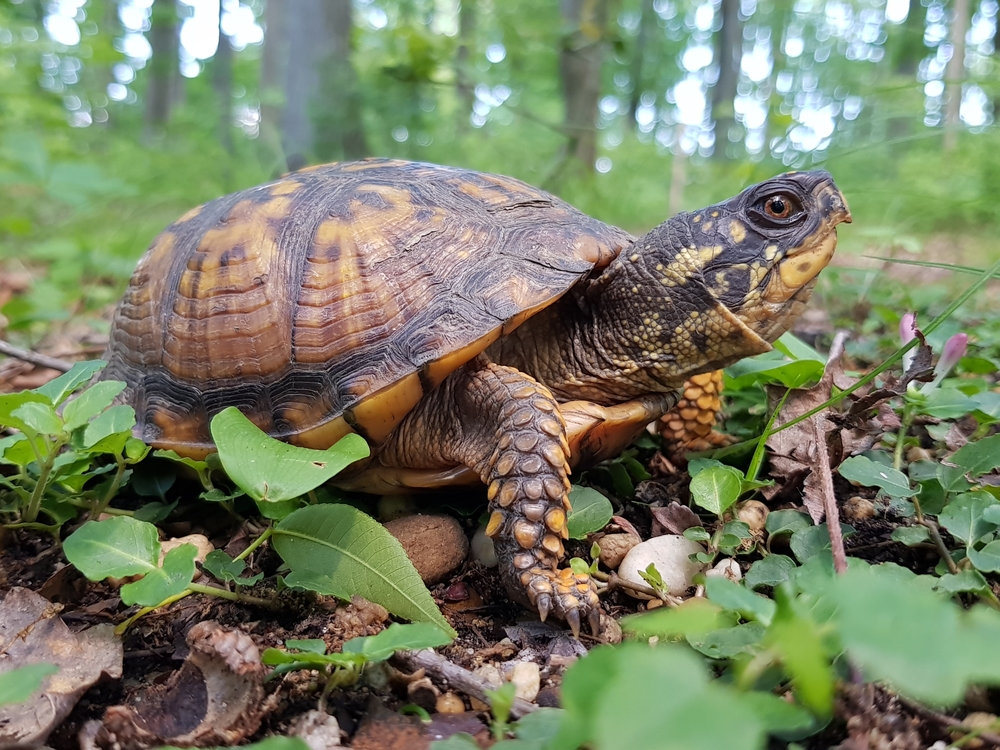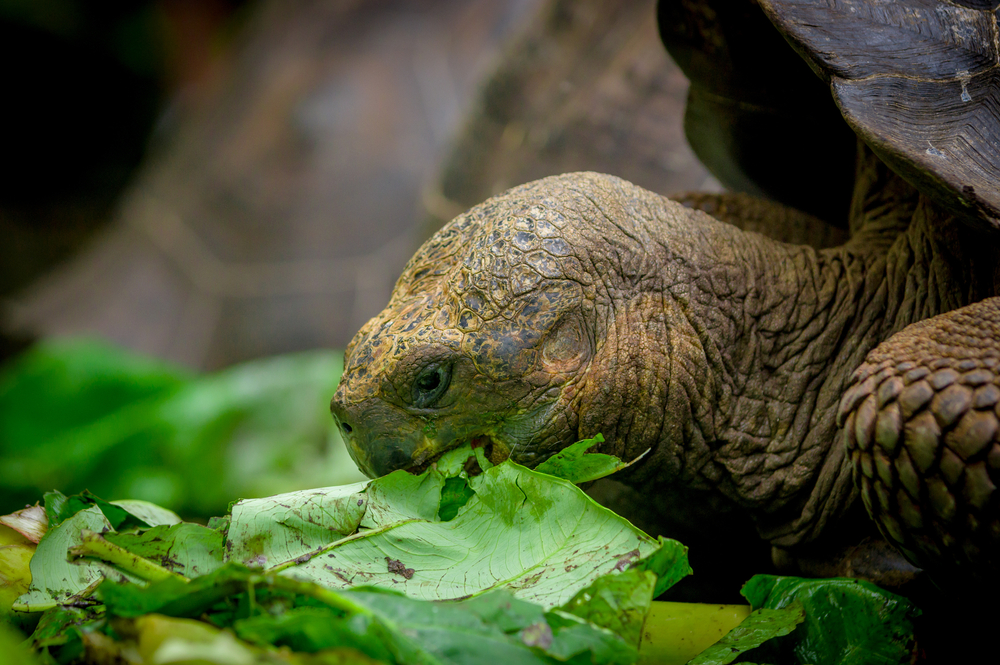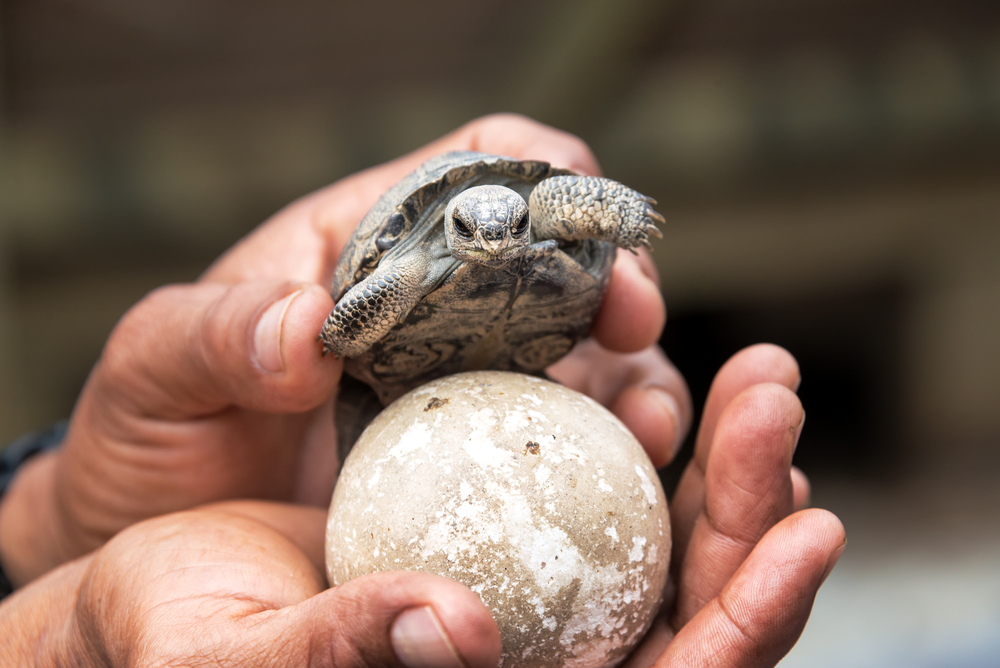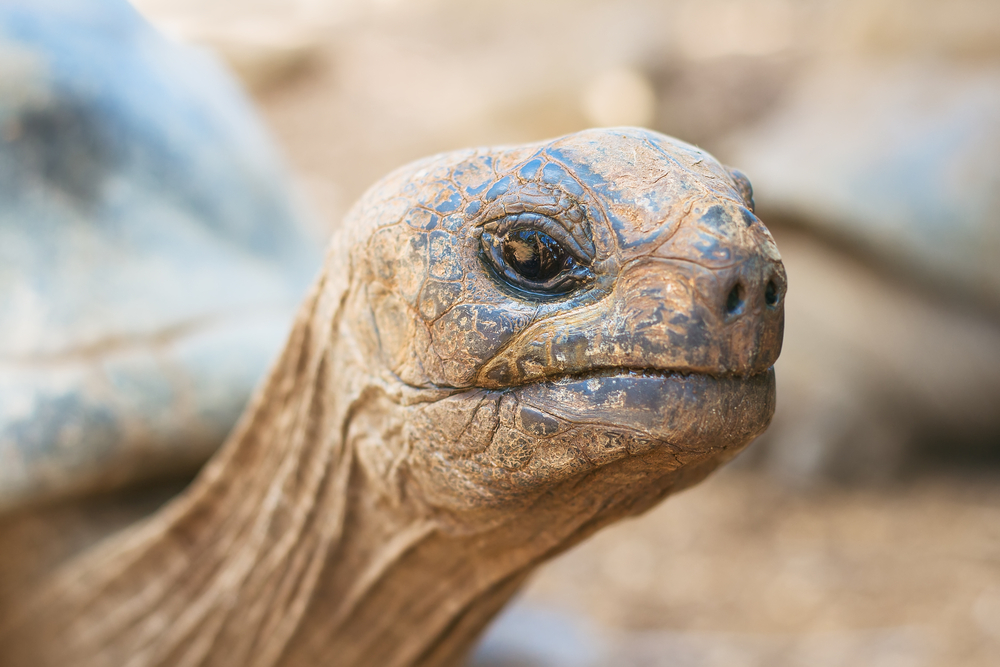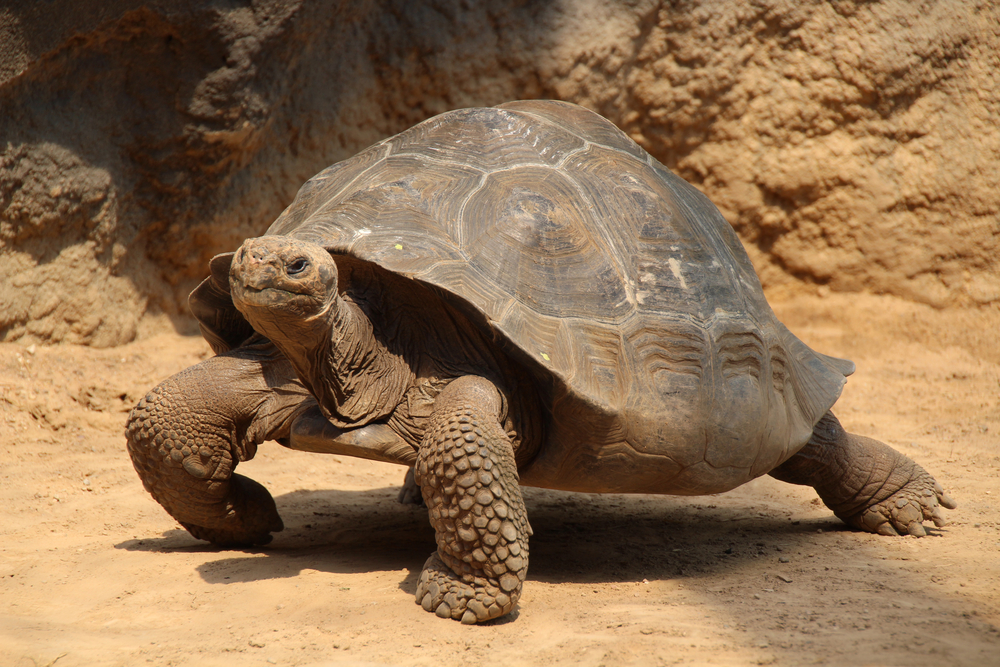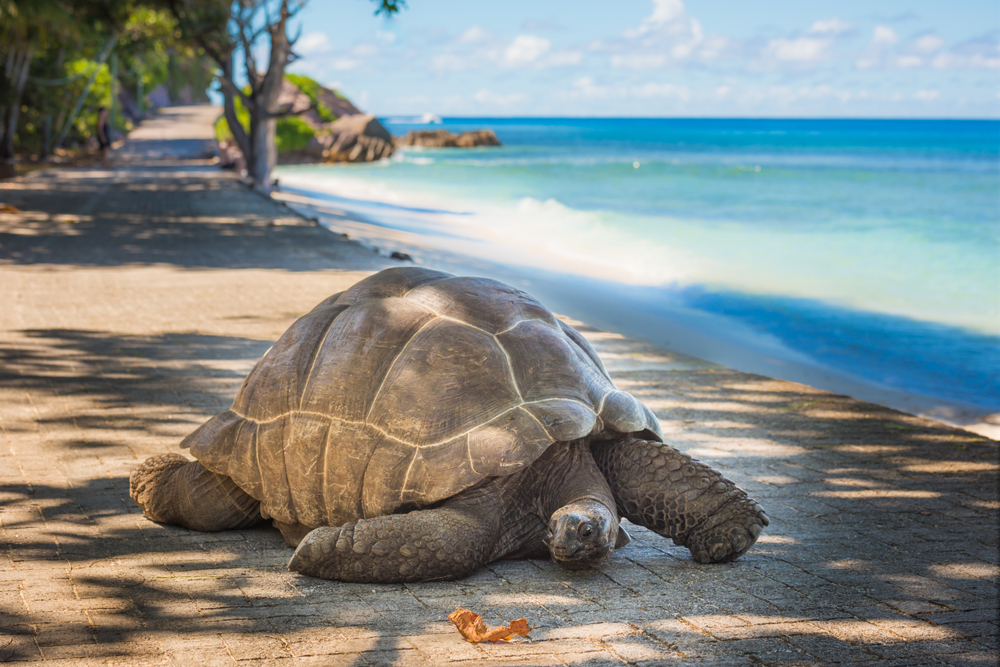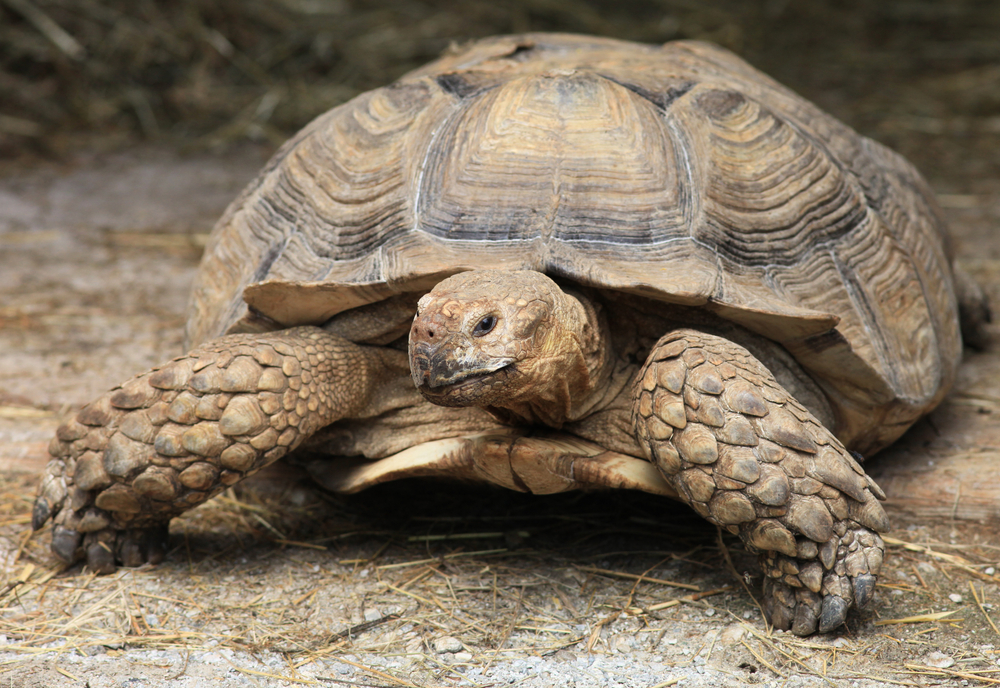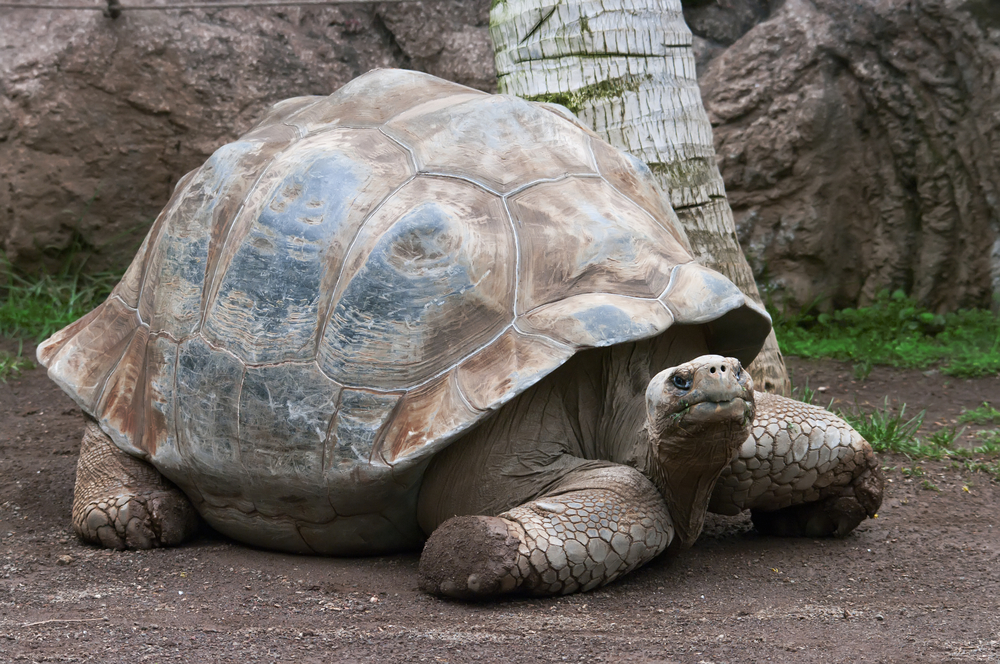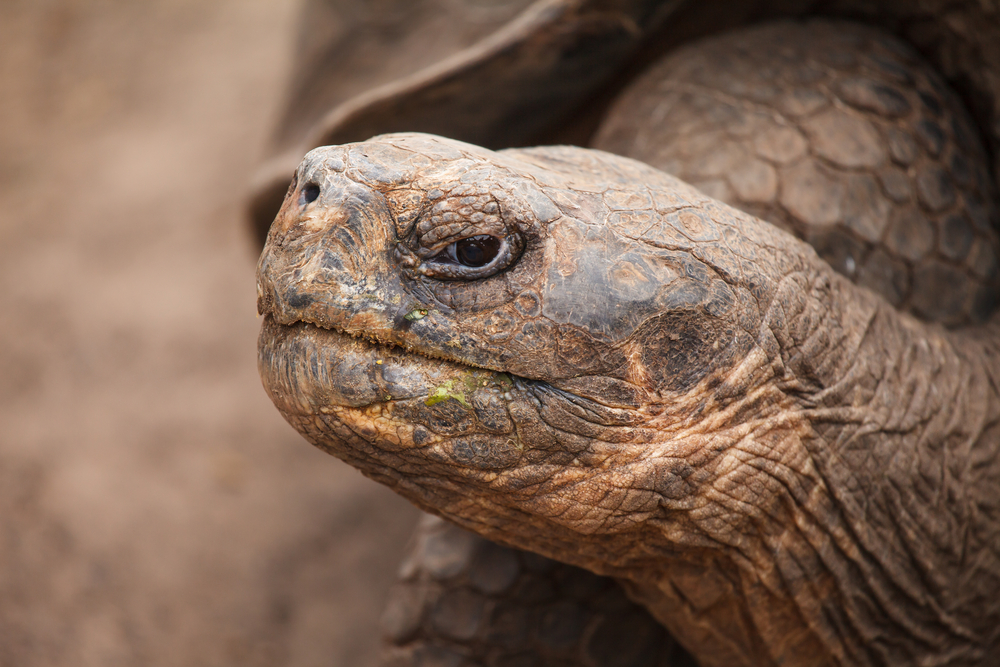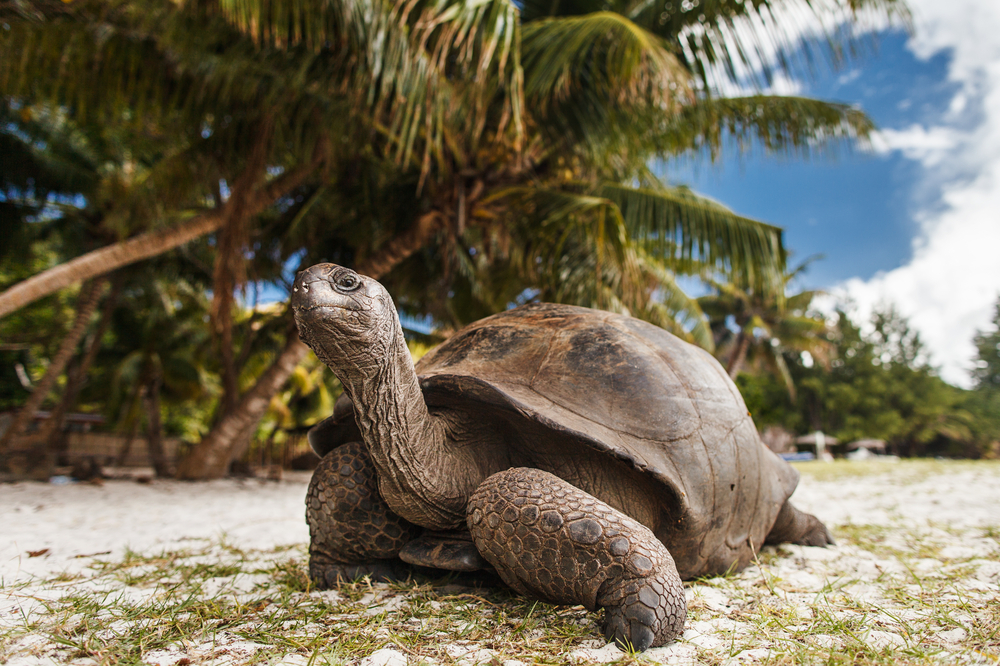Giant tortoises are primarily found in the wild on remote islands in the Indian Ocean and the Galápagos Islands in the Pacific Ocean. Some notable locations to see giant tortoises include:
- Galápagos Islands (Ecuador): These islands are famous for their unique and diverse giant tortoise species, each adapted to their respective island habitats.
- Aldabra Atoll (Seychelles): Home to the Aldabra giant tortoise, one of the world’s largest tortoise species.
- Mascarene Islands (Mauritius, Réunion, and Rodrigues): Previously inhabited by giant tortoises, conservation efforts are underway to reintroduce them.
- Madagascar: Some regions of Madagascar are home to the radiated tortoise, which is smaller than the typical giant tortoises but still impressive.
- Some zoos, wildlife sanctuaries, and conservation centers around the world also house giant tortoises for educational and conservation purposes, offering opportunities for people to see them up close.
Remember that some species of giant tortoises are endangered, and conservation efforts are essential to protect their populations and habitats. Visitors should always respect conservation guidelines and practices when encountering these magnificent creatures.



































































